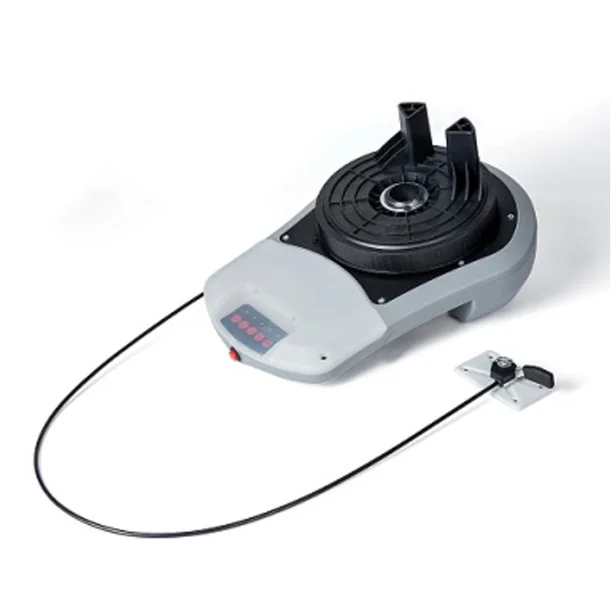Navigating the complexities of home health care can be daunting, especially when it comes to understanding the financial aspects. For many families, Medicaid serves as a crucial lifeline, providing essential health services to those who qualify. One of the most pressing questions is: How much does Medicaid pay for home health care per hour? This article delves into the intricacies of Medicaid's payment structure, shedding light on the factors that influence reimbursement rates and offering practical insights for families seeking home health care services.
The Basics of Medicaid and Home Health Care
Medicaid is a state and federal program designed to assist low-income individuals and families in accessing necessary health care services. Home health care, which includes a range of services from skilled nursing to personal care assistance, is a vital component of this support system. The program aims to help individuals maintain their independence while receiving the care they need in the comfort of their own homes.
Payment Structure for Home Health Care
Medicaid's payment for home health care varies significantly by state, as each state administers its own Medicaid program with distinct rules and reimbursement rates. Generally, Medicaid reimburses home health care providers based on a per-visit or per-hour basis, but the specifics can differ widely.
- Hourly Rates: On average, Medicaid may pay between $20 to $50 per hour for home health care services, depending on the state and the type of care required. For instance, skilled nursing services typically command higher rates than personal care services.
- Service Type: The type of service provided plays a crucial role in determining the reimbursement rate. Skilled nursing care, which includes medical tasks performed by registered nurses, tends to be reimbursed at a higher rate compared to non-medical personal care services, such as assistance with daily living activities.
- Geographic Variability: The cost of living and demand for home health care services can significantly impact Medicaid reimbursement rates. Urban areas may see higher rates due to increased demand and operational costs, while rural areas may have lower rates but face challenges in service availability.
Factors Influencing Medicaid Payments
Several factors can influence how much Medicaid pays for home health care services:
- State Regulations: Each state has its own Medicaid guidelines, which can affect payment rates. States may also have different methodologies for calculating reimbursement, such as fee-for-service or managed care models.
- Provider Qualifications: The qualifications and certifications of the home health care provider can impact reimbursement rates. Providers who meet specific accreditation standards may receive higher payments.
- Patient Needs: The complexity of the patient's health condition and the level of care required can also influence payment rates. Patients needing more intensive care may qualify for higher reimbursement rates.
Maximizing Medicaid Benefits for Home Health Care
For families looking to maximize their Medicaid benefits for home health care, consider the following strategies:
- Understand Eligibility: Ensure that you fully understand the eligibility requirements for Medicaid in your state. This includes income limits, asset tests, and specific health care needs.
- Choose the Right Provider: Select a home health care agency that is Medicaid-certified. This ensures that the agency meets state and federal standards, which can facilitate smoother reimbursement processes.
- Document Care Needs: Keep thorough documentation of the patient's care needs and any changes in their health status. This information can be crucial when justifying the need for specific services and securing appropriate reimbursement.
- Stay Informed: Medicaid policies can change frequently. Staying informed about any updates or changes in your state’s Medicaid program can help you navigate the system more effectively.
Conclusion
Understanding how much Medicaid pays for home health care per hour is essential for families seeking to provide the best care for their loved ones. With reimbursement rates varying widely based on state regulations, service types, and patient needs, it’s crucial to approach the process with a well-informed strategy. By leveraging the right resources and staying proactive, families can ensure they receive the maximum benefits available through Medicaid, ultimately enhancing the quality of care for those who need it most.






